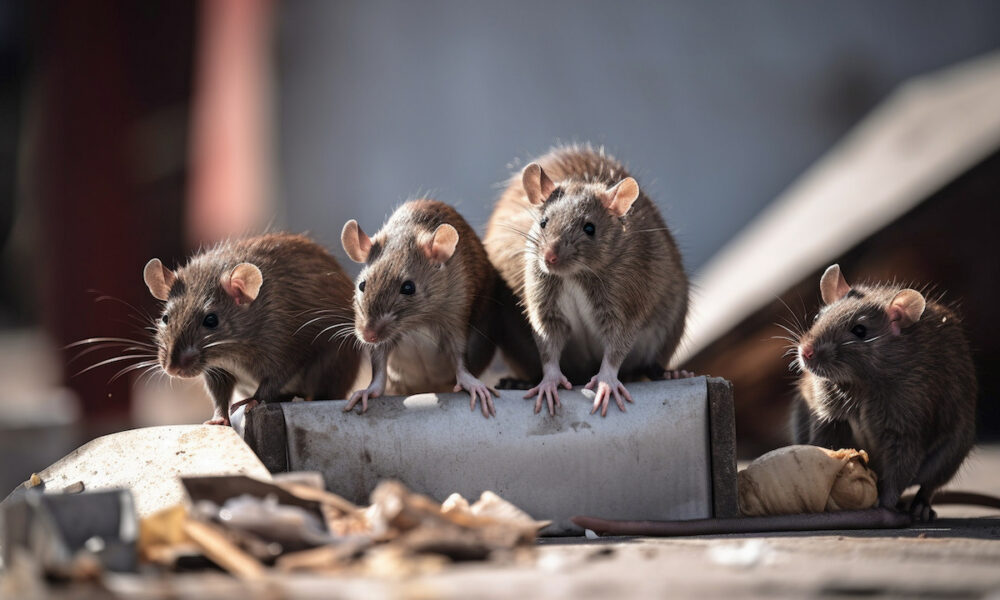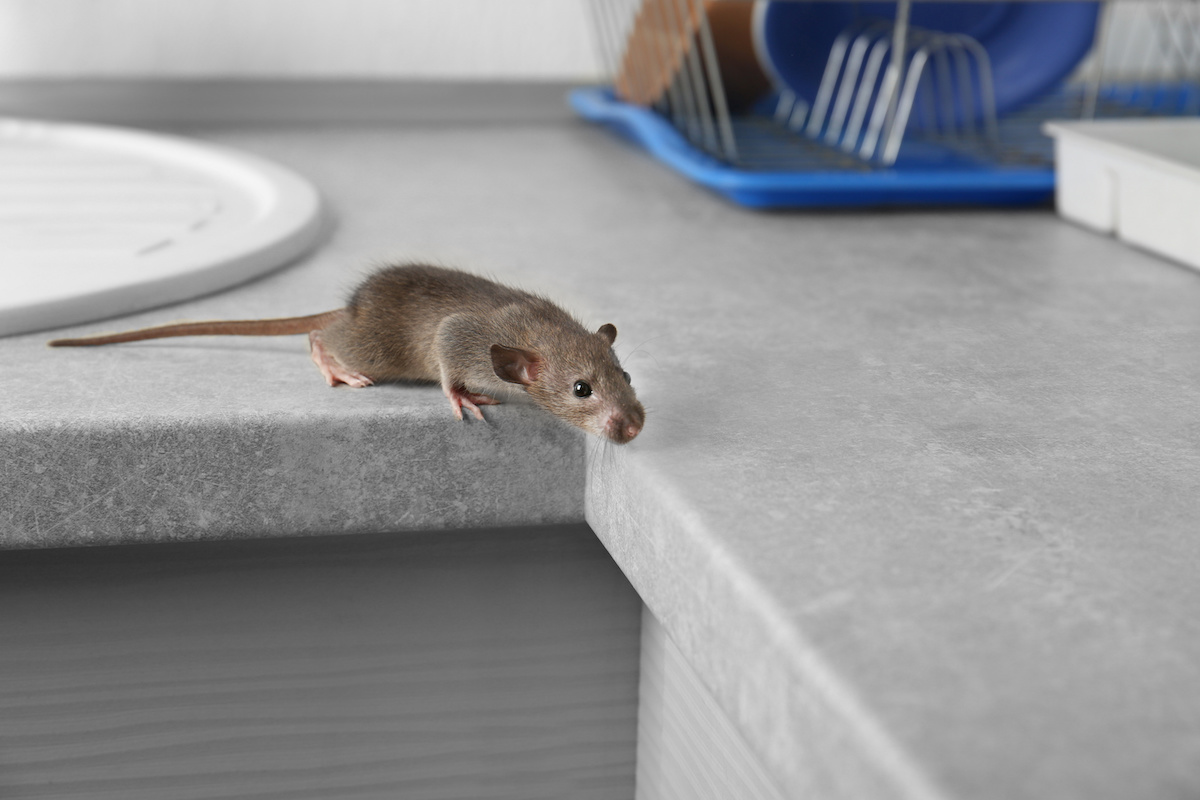
What do you do when a hurricane disrupts more than just your daily life? Recent storms like Hurricane Helene and Hurricane Milton have caused significant damage across the region, leaving homes flooded and neighborhoods vulnerable. While we often think about cleaning up debris or repairing structural damage, there’s another hidden threat that often follows in the wake of these storms—rodent infestations.
With homes weakened by wind and water, entry points for rats become more accessible, increasing the likelihood of a problem that no one wants to face. As the waters recede and repairs begin, it’s time to think about how these entry points can become highways for pests, particularly rats.
1. Damaged Roofing and Loose Shingles
After a hurricane, how often do you check your roof? It’s easy to overlook roof damage when focusing on more apparent issues like flooding. But the truth is like rats, especially roof rats, love to take advantage of weak spots in your roof to make their way inside.
Flooding and strong winds often dislodge roofing materials, creating gaps that invite these rodents in. Look for the following to prevent rat infestations after a hurricane:
- Missing or loose shingles: Hurricanes can rip off shingles, leaving gaps that rats can exploit.
- Broken soffits and eaves: High winds may damage these parts of your roof, providing small entry points.
- Roof vents: Strong winds can damage vents or leave them unsecured, making it easier for rodents to access your attic.
- Gutters: Overflowing or damaged gutters can weaken roof edges, creating openings for rats.
Once inside the attic, rats can cause considerable damage to insulation, wires, and stored belongings. Keeping your roof secure is a key step in preventing these pests from gaining access.
2. Flooded Foundations and Cracked Walls
What happens to your home’s foundation when floodwaters rise? One of the more concerning outcomes of hurricane flooding is the weakening of your home’s foundation. When water seeps into cracks or erodes your home’s base, it creates perfect entry points for rats looking for shelter.
Rats love to access areas like:
- Foundation cracks: Water pressure can widen existing cracks or create new ones, allowing rodents to slip inside.
- Basement window wells: Floodwaters often push debris against these windows, and if the seals are damaged, rats can use these openings to enter.
- Weakened concrete: Extended water exposure softens concrete walls, allowing rodents to gnaw their way in.
- Drainage pipes: When floodwaters back up, drainage pipes can become vulnerable, giving rats easy access to your home through broken seals.
If you need help sealing off these areas and inspecting for pest infestations, don’t hesitate to reach out to us at World Class Wildlife Removal.
3. Gaps Around Doors and Windows
Do you notice any subtle shifts in your doors and windows after a hurricane? Strong winds and heavy rains often compromise the structural integrity of doors and windows. This can leave small gaps that may seem insignificant but are more than enough for a rat to squeeze through.
Take a look around your doors and windows for the following:
- Worn weatherstripping: High winds can tear or displace the weatherstripping around doors and windows, leaving gaps.
- Loose door frames: Flooding can cause wood to swell and contract, creating spaces around door frames.
- Damaged window screens: Windborne debris can tear window screens, creating an easy entry point.
- Sliding glass doors: These doors often shift slightly during a hurricane, leading to gaps along the bottom track where rodents can enter.
Keep in mind that even small gaps can become convenient entry points for rats seeking warmth and shelter.

4. Compromised Vents and Chimneys
Have you considered what happens to your home’s ventilation systems during a storm? Vents and chimneys are often out of sight, making them one of the more overlooked entry points for rats. Hurricanes can dislodge protective covers or weaken the seals, creating opportunities for pests to enter unnoticed.
Rats sneak into your house from the following areas:
- Attic and roof vents: High winds can bend or break vent covers, leaving open access.
- Chimney caps: If your chimney cap gets blown off or damaged during the storm, rats can easily climb inside.
- Dryer and exhaust vents: Storm debris or wind can loosen these vents, making them accessible to rats.
- Bathroom and kitchen vents: These can also be displaced or damaged, giving rats another pathway into your home.
5. Weakened Garage Doors and Crawlspaces
How secure is your garage or crawlspace after a hurricane? These areas are often the first to flood during a storm and can sustain significant damage. When left unrepaired, they become easy targets for rats searching for dry ground and food.
- Garage door seals: The rubber seals at the bottom of garage doors are vulnerable to water damage and can become dislodged, creating a gap.
- Crawlspace vents: If floodwaters have loosened or damaged crawlspace vent covers, rats can easily find their way inside.
- Water-damaged walls: Walls that have absorbed water may become soft, making it easy for rats to gnaw through.
- Stored items: Waterlogged items stored in garages or crawlspaces can attract rats, especially if the area is dark and undisturbed.
Seal Up Common Entry Points for Rats with World Class Wildlife Removal
Now is the time to prevent rat infestations after hurricanes Helene and Milton. If you are worried about common entry points for rats in your home, please reach out to us. We can help you locate their points of entry and get them sealed up for your peace of mind.
